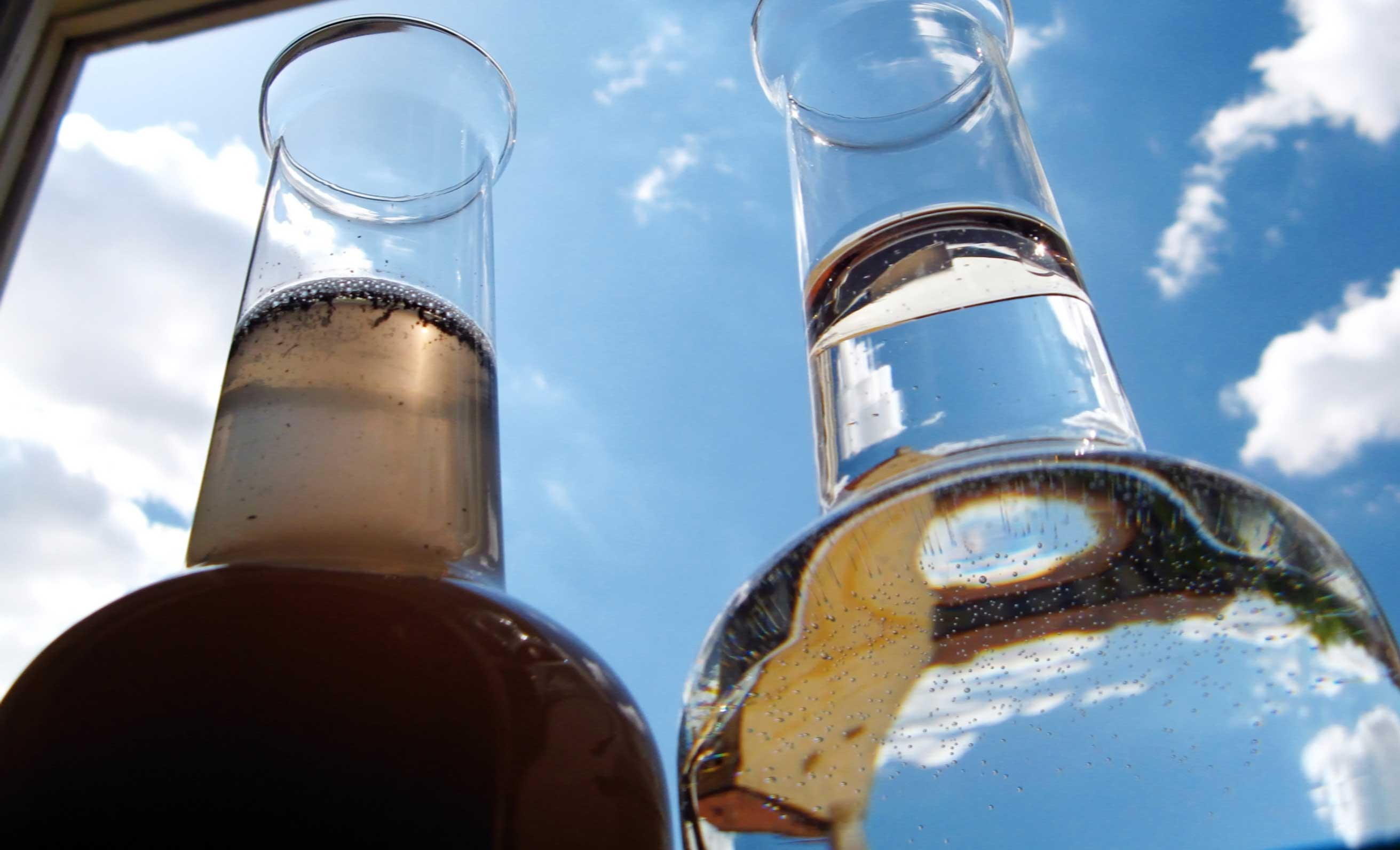What is the Science Behind Water Purification?
Water is essential for life, but not all water is safe for consumption. Contaminants, such as bacteria, viruses, chemicals, and heavy metals, can pose a serious threat to human health. Water purification is the process of removing these contaminants from water, making it safe for consumption and use. There are various methods of water purification, each with its own set of advantages and disadvantages. In this article, we will examine the science behind water purification and explore the different methods used to make water safe for consumption.
The first step in water purification is to remove large particles and debris, such as dirt, leaves, and other organic matter. This can be done through a process called sedimentation, where the water is allowed to settle and the larger particles sink to the bottom. The clear water is then drawn off the top and filtered through a fine mesh to remove any remaining particles.
Once the water has been filtered, it is treated to remove bacteria, viruses, and other harmful microorganisms. This can be done through a variety of methods, including chlorination, ultraviolet (UV) radiation, and ozone treatment. Chlorination is the most common method of water disinfection, and involves adding a small amount of chlorine to the water. The chlorine kills the harmful microorganisms and makes the water safe for consumption.
Ultraviolet (UV) radiation is another effective method of water purification. UV radiation uses high-intensity UV light to kill bacteria and viruses in the water. Ozone treatment is also used for water purification, and involves adding ozone to the water, which reacts with the contaminants and neutralizes them.
In addition to removing harmful microorganisms, water purification also involves removing other contaminants, such as chemicals and heavy metals. This can be done through a variety of methods, including reverse osmosis, ion exchange, and activated carbon filtration. Reverse osmosis is a process that uses a semi-permeable membrane to remove contaminants from the water. Ion exchange removes impurities by exchanging ions in the water with ions from a resin. Activated carbon filtration uses activated carbon to remove chemicals and other contaminants from the water.
Water purification is an important public health issue, and it is critical to have access to safe and clean drinking water. The science behind water purification has come a long way, and modern methods of water treatment make it possible to provide safe and clean water to communities around the world. Whether you are purifying water for personal use or for a larger community, it is important to use a reputable and effective water purification method to ensure that you are getting safe and clean water. With the right tools and techniques, you can ensure that the water you drink and use is safe and free of harmful contaminants.
In conclusion, water purification is a complex and critical process that involves removing harmful contaminants from water and making it safe for consumption. From removing large particles and debris to disinfecting the water and removing other contaminants, there are many steps involved in water purification. Understanding the science behind water purification is important for ensuring access to safe and clean water, and is critical for maintaining good health and preventing the spread of disease. With the right tools and techniques, you can ensure that the water you drink and use is safe and free of harmful contaminants, and help to provide safe water for others.





